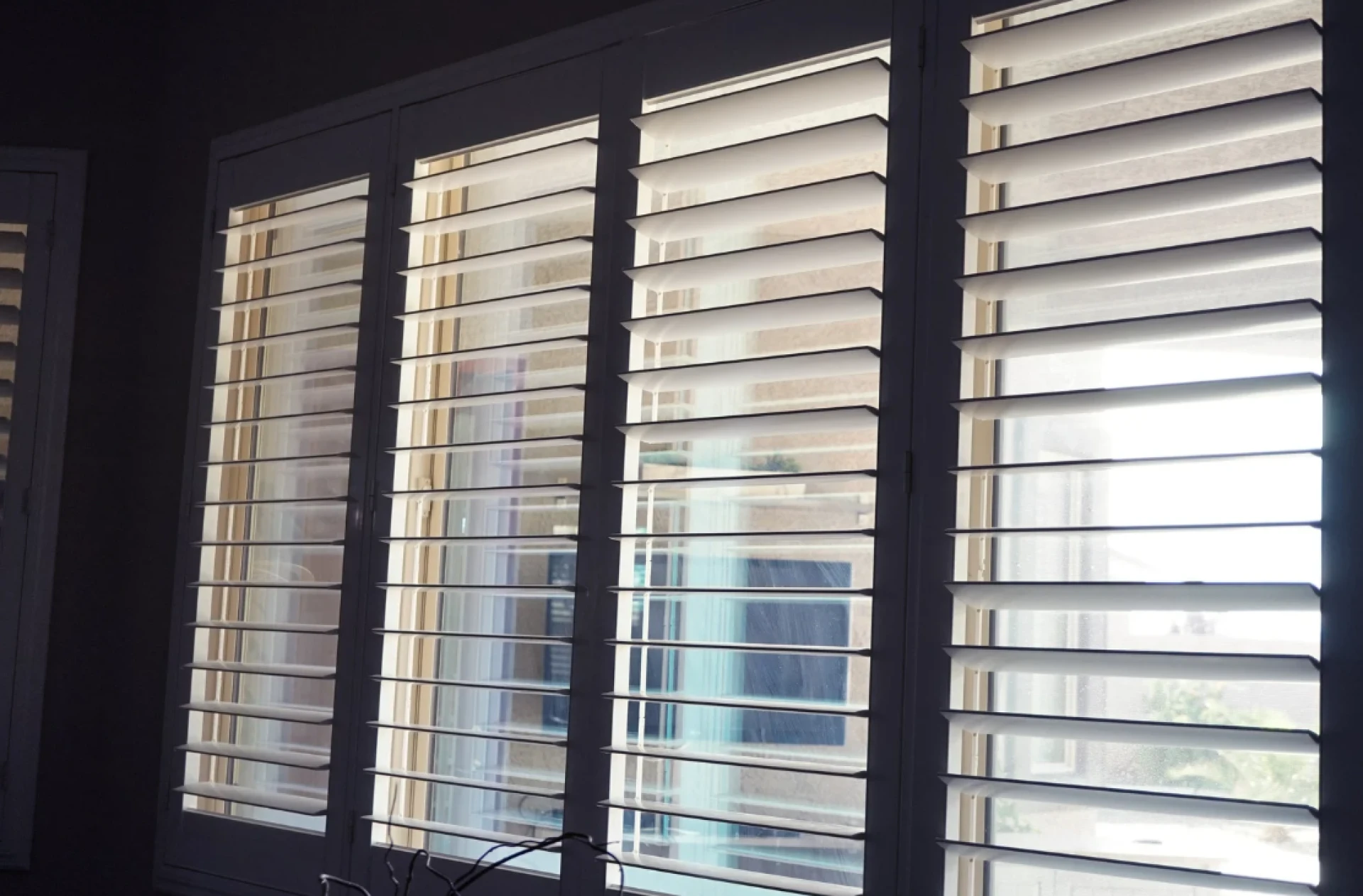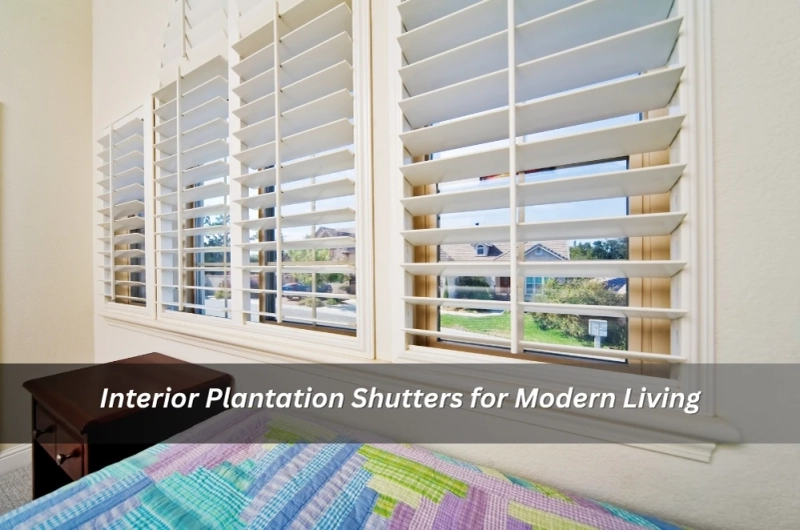A house can be full of beautiful furniture and still feel… unfinished. It’s strange how something as simple as a window covering can shift the entire mood. I learned this the hard way in my old place, where the big glass windows were both a blessing and a headache. Sunlight poured in at all the wrong times, and I couldn’t find a solution that felt right. Curtains were too heavy, blinds too flimsy.
Then I tried interior plantation shutters, and the change was instant. They didn’t just solve the light problem — they made the whole room feel more balanced. The frames sharpened the edges of each window, the adjustable louvres let me soften or brighten the space in seconds, and the view outside became part of the design instead of something to hide. It wasn’t about decorating anymore; it was about shaping the way the room lived with me.
Comfort that adapts to your lifestyle
Some window solutions feel like they’re in charge of the room. Shutters aren’t like that. They bend to the way you live.
- Let the morning sun in without frying the couch.
- Tilt them so you still get a breeze on hot days.
- Shut them completely when the outside world needs shutting out.
And there’s another thing — safety. If you’ve ever worried about kids getting tangled in cords, you’ll know why safe window coverings matter. Shutters cut that risk entirely. No loops, no strings, just solid panels you can move with a touch.
Durability meets thoughtful design
I’ve had two types in my own home: timber in the lounge, PVC in the bathroom. Both have put up with years of use — and abuse — without losing shape or colour. That’s a win in my book.
- Cleaning them is quick, and it actually works.
- They’re measured to fit, so no rattling on windy nights.
- You can match them to almost any palette.
The real surprise? They fade into the background until you need them, and then they’re right there, doing the job. Knowing the benefits of indoor shutters isn’t about selling you on the idea — it’s about showing how they earn their keep.
Versatility in different rooms
Not every room asks for the same thing, which is why I like having options.
- Living room: keep the view, lose the glare.
- Bedroom: dark, quiet, and private when you want it.
- Bathroom: handles steam without a spot of mould.
In my last place, the bathroom window faced straight onto the neighbour’s yard. Shutters fixed that instantly. I could let in fresh air without giving them a direct line of sight — and without putting up damp, heavy curtains that never seemed truly clean.
Adding style that works in every setting
Shutters aren’t married to one look. I’ve seen matte black frames in a minimalist city loft, pale timber in a weatherboard beach house, and white-painted panels in a suburban brick home. Each worked, but in completely different ways.
The finish changes everything — even the louvre width alters the mood. Large blades feel relaxed and open, narrow ones look neat and structured. The idea behind why choose plantation shutters isn’t just about design; it’s about giving yourself options that won’t lock you into one style forever.
Practical considerations before installation
Before diving in, it’s worth thinking about how they’ll sit in your home.
- Odd-shaped windows might need a custom frame.
- Decide whether you want them inside or outside the frame.
- Pick materials based on the room’s conditions.
I once helped a friend fit shutters in her kitchen. We went with PVC because it sat near the stovetop — timber wouldn’t have liked the steam or splashes. That little decision will probably add years to their life.
How shutters influence home energy efficiency
Windows are notorious for letting heat slip out in winter and pour in during summer. Shutters can slow that down.
- Closed panels in winter cut draughts.
- Angled blades in summer block direct heat while letting in light.
- Less strain on heating and cooling keeps the space more comfortable.
It’s not magic, but it’s a noticeable difference. I’ve felt it in rooms where the air stays steady even when the weather outside is doing its best to mess with it.

Every day life with shutters
What I like most is how they become part of the rhythm. In my study, they’re open in the morning, angled after lunch, and closed at night. I don’t think about it — it’s just what I do.
My neighbour has them on sliding doors to her patio. She’ll throw the doors open for air, tilt the louvres to keep privacy, and leave them that way while she works in the garden. It’s small stuff, but it changes how you use a space.
Final thoughts
Plantation shutters don’t scream for attention. They just work — quietly, effectively, day after day. Over time, that quiet reliability becomes something you stop noticing, until you realise how much you’d miss it if it were gone. They’ve earned their place in my home because they’re adaptable, low-maintenance, and they make the light feel like something I have a say in. Morning sun, afternoon shade, evening privacy — it’s all just a quick adjustment away.
I can’t imagine going back to curtains that drag across the floor or blinds that flap in the wind whenever a breeze slips through. These give me the choice to let the world in or keep it at a distance, depending on the mood.


